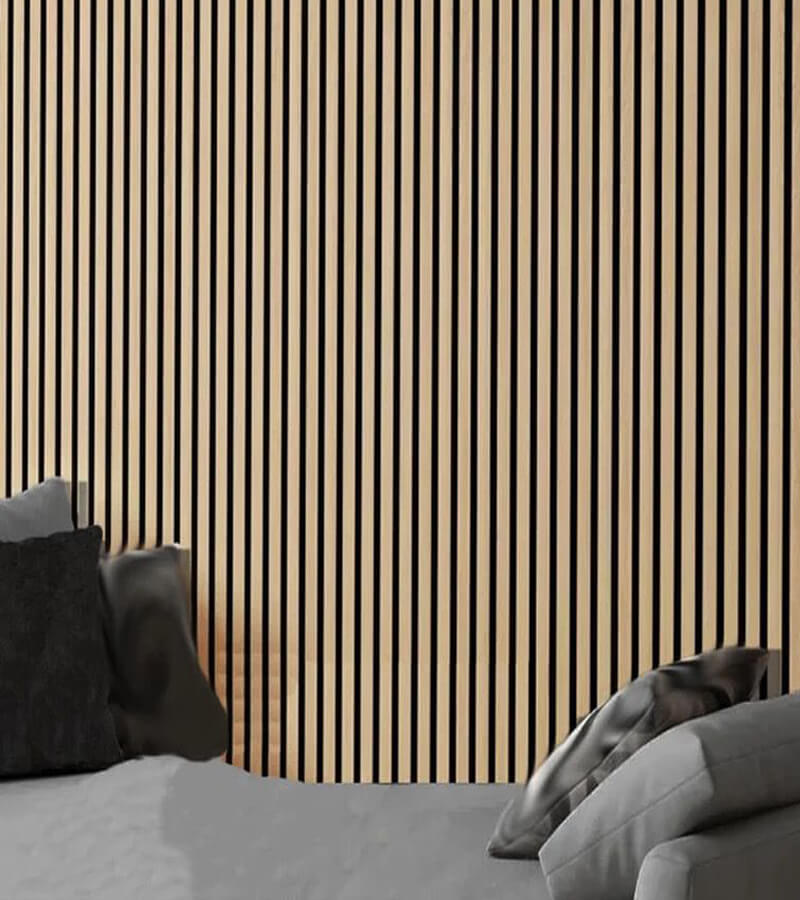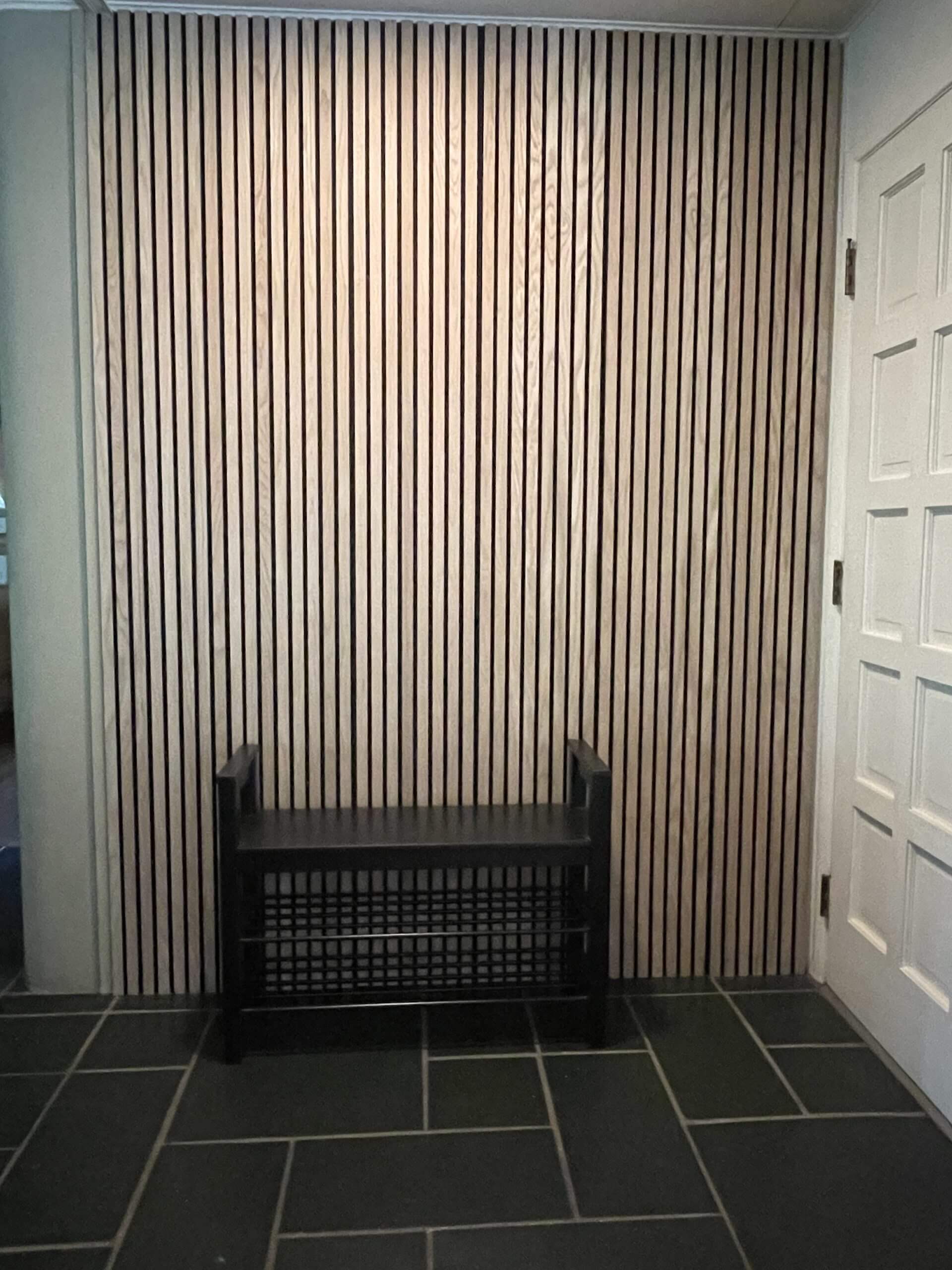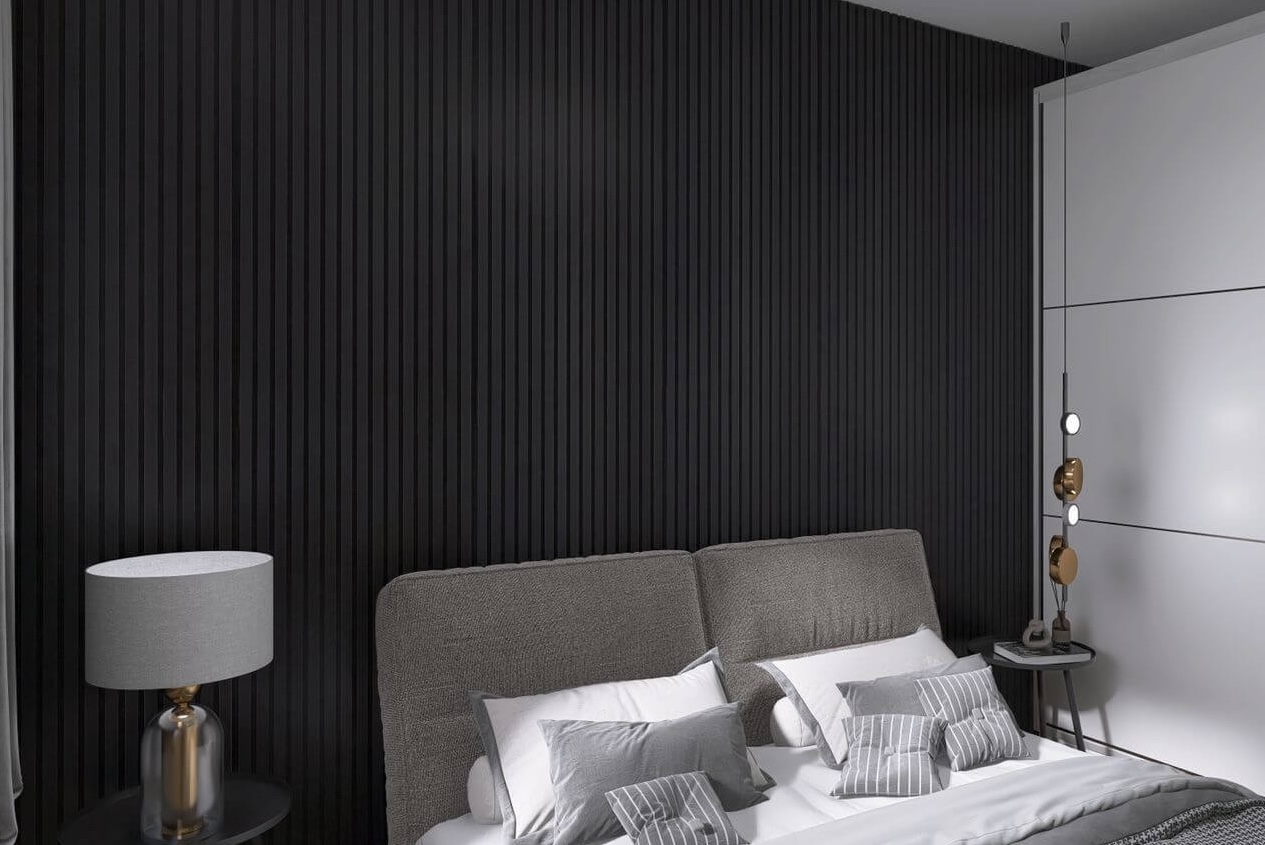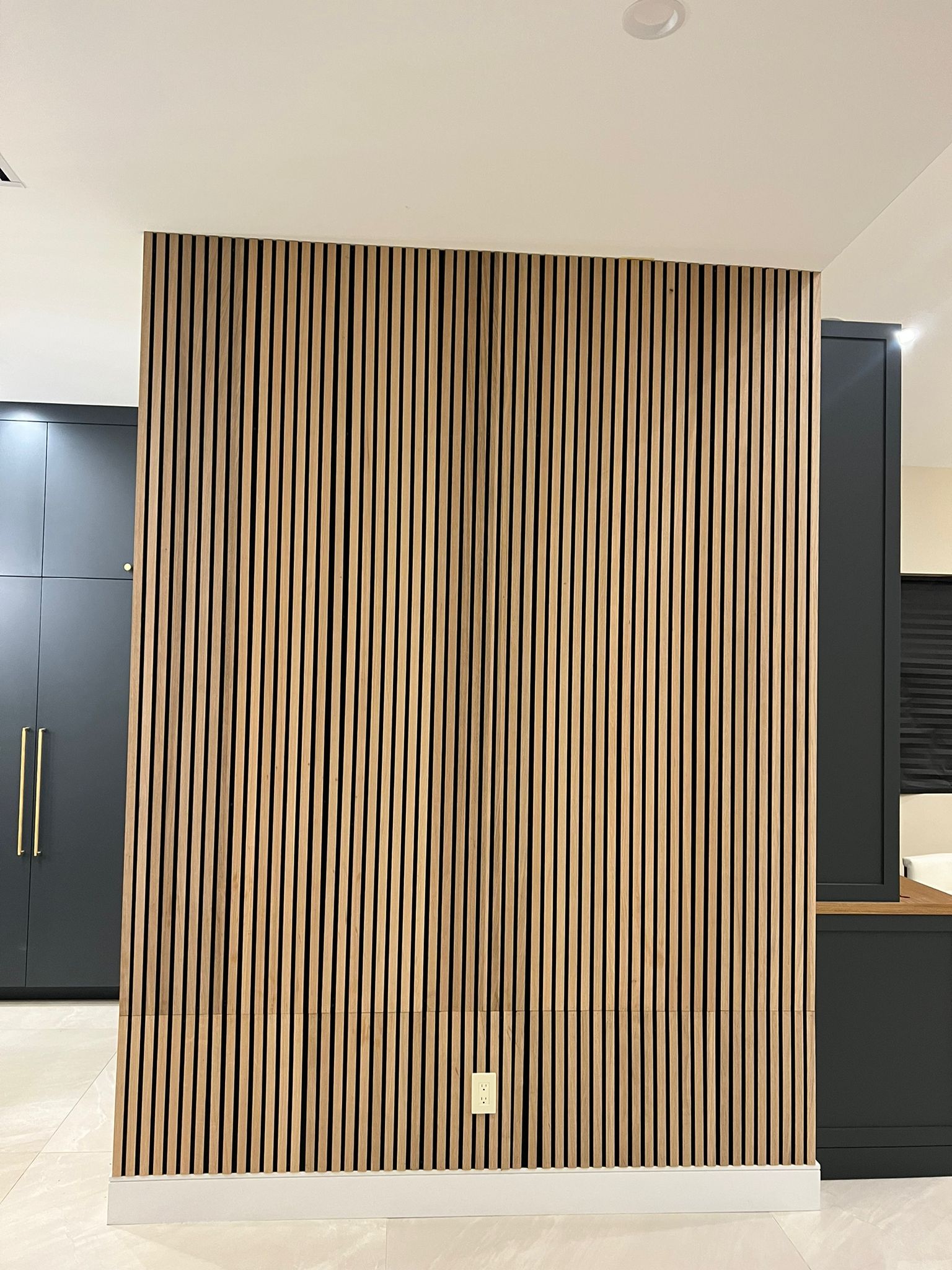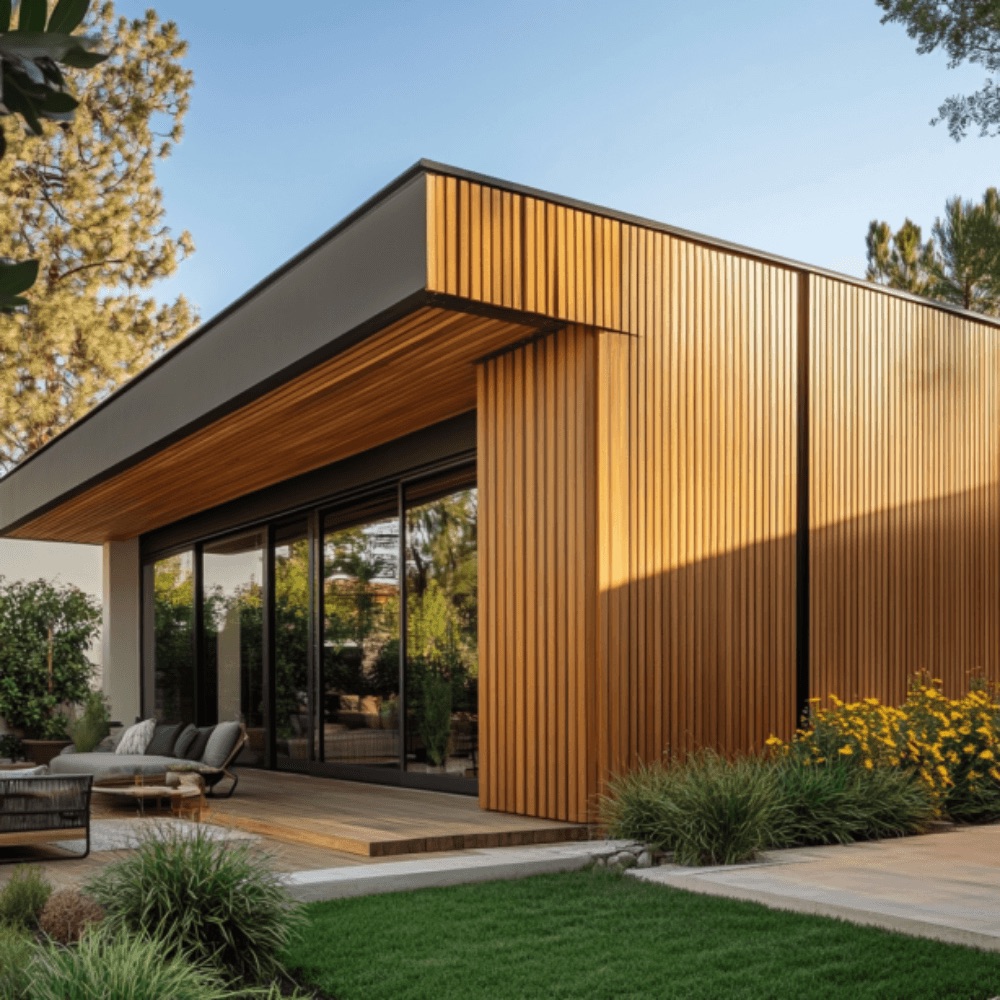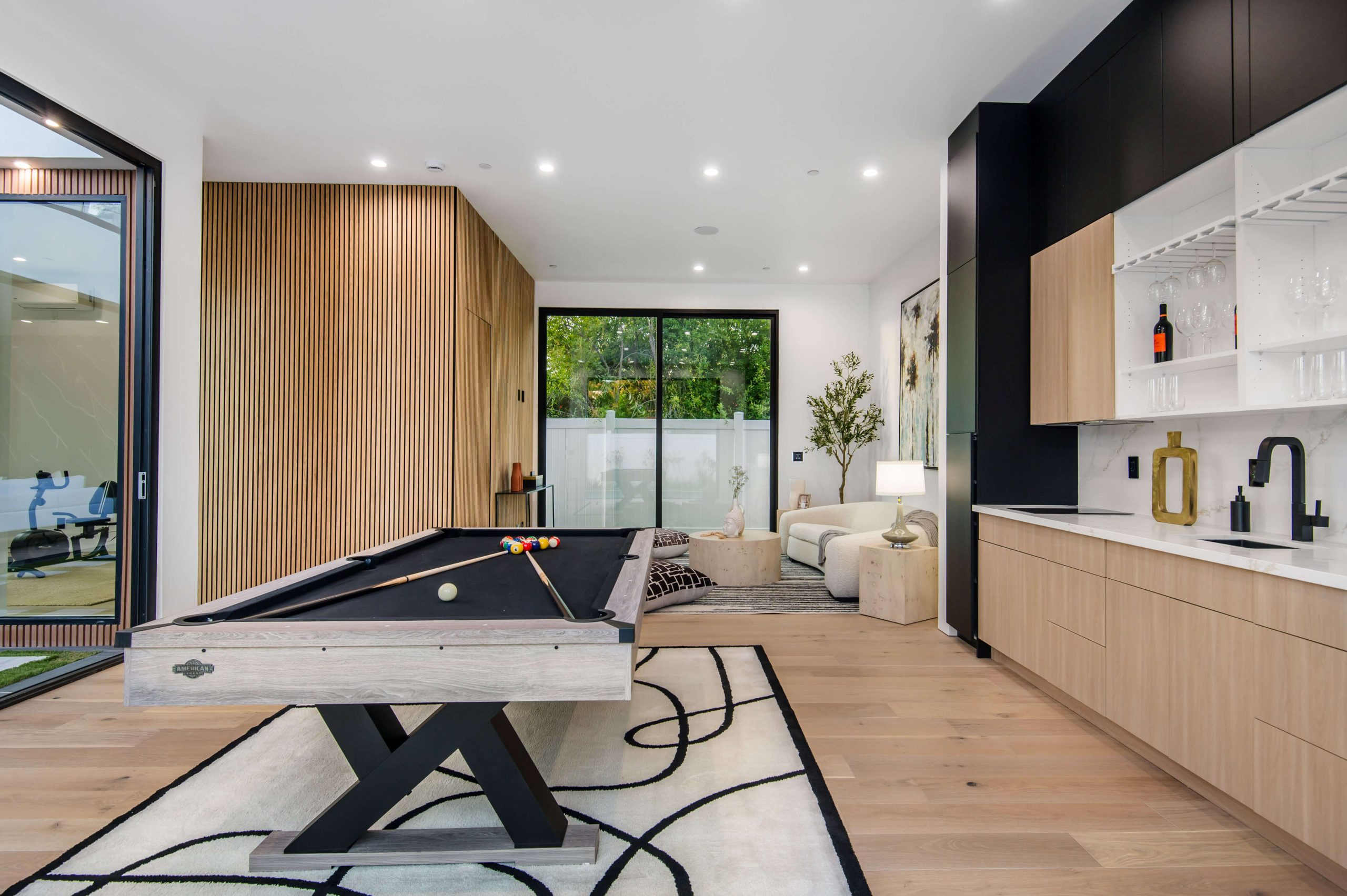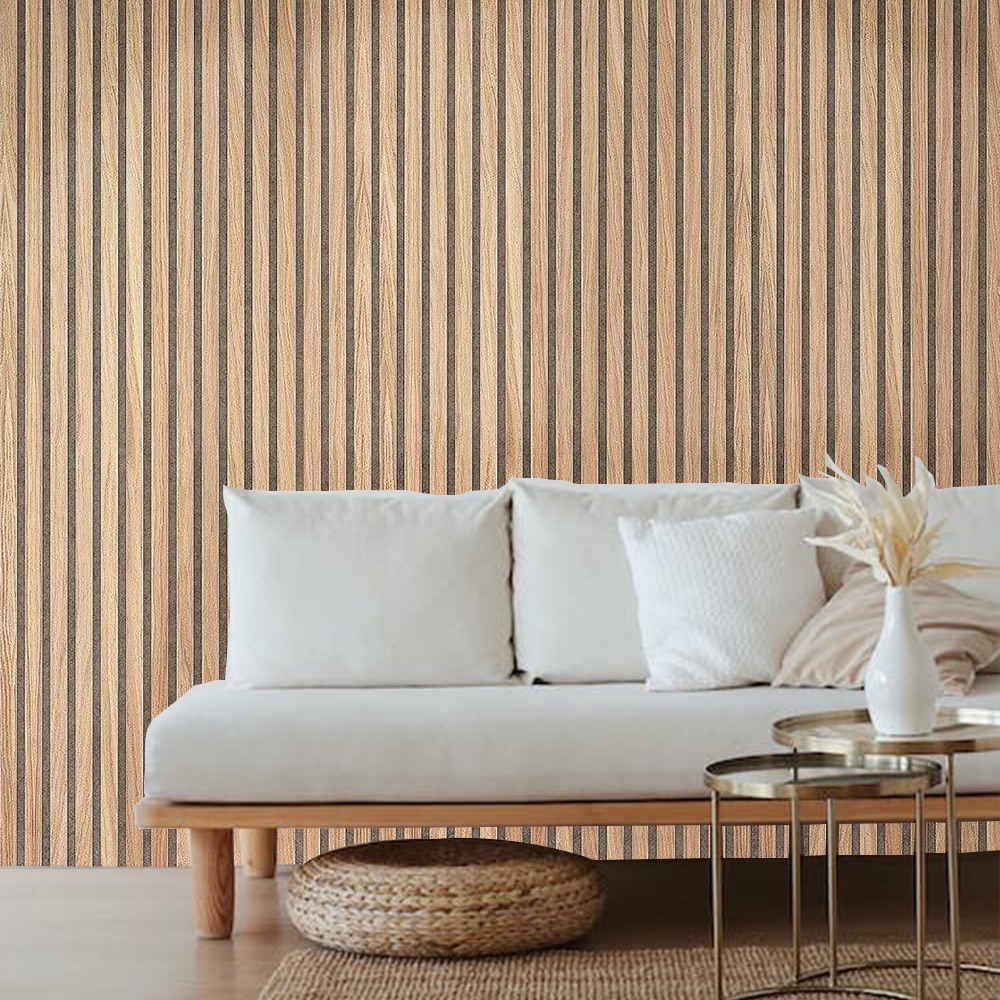When it comes to wall coverings, homeowners and professionals alike are often faced with a critical choice: what material will provide the perfect balance of aesthetics, functionality, and longevity? While traditional wall coverings like paint, wallpaper, or plaster have long been popular, wood panels have become an increasingly attractive option. This article explores five reasons why wood panels are superior to traditional wall coverings and why they may be the best choice for your home or commercial space.
1. Enhanced Aesthetic Appeal
One of the most compelling reasons to choose wood panels over traditional wall coverings is their superior aesthetic appeal. Wood panels offer a unique, natural beauty that is hard to replicate with paint or wallpaper. The texture, grain patterns, and colors of wood can transform any room, providing a warm, inviting atmosphere that other materials often struggle to match.
- Variety of Styles: Wood panels are available in a wide range of designs, from classic and rustic to sleek and modern. For example, Natural Oak wood panels to WPC outdoor panels, giving you the freedom to choose a style that fits your vision.
- Timeless Look: Unlike trends that come and go, wood panels have a timeless appeal. Whether you’re renovating a contemporary home or restoring a traditional space, wood panels will always provide an elegant, sophisticated look.
Wood Panels vs. Traditional Wall Coverings
| Feature | Wood Panels | Traditional Wall Coverings |
|---|---|---|
| Aesthetic Versatility | High (varied textures and styles) | Moderate (limited to finishes) |
| Long-lasting Appeal | Timeless | Subject to trends |
| Natural Elements | Yes (natural grains and wood) | No (artificial finishes) |
2. Durability and Longevity
When investing in wall coverings, durability is a key consideration. Wood panels offer a robust solution that outlasts many traditional wall coverings.
- Durability: High-quality wood panels are crafted from materials like Real Oak or MDF wood veneer, which provide excellent resistance to wear and tear. Wood panels can endure daily use in high-traffic areas without losing their appearance or structural integrity.
- Resistance to Damage: Unlike wallpaper, which can peel, or paint, which may chip, wood panels are far more resistant to common forms of damage, including scratches and dents. This makes them ideal for homes with children, pets, or heavy foot traffic.
Traditional wall coverings, by contrast, may require frequent touch-ups or replacements, leading to higher long-term costs.
3. Improved Insulation and Acoustics
Another reason wood panels outperform traditional wall coverings is their ability to improve both thermal and acoustic insulation in a space.
- Thermal Insulation: Wood is a natural insulator, meaning it can help regulate indoor temperatures. Installing wood panels can make your home more energy-efficient, reducing the need for excessive heating or cooling.
- Sound Absorption: Certain wood panels, like those enhanced with acoustic felt, are particularly effective at soundproofing. Whether you’re designing a home office, a recording studio, or simply want to reduce noise in a busy household, wood panels offer a superior solution to soundproofing compared to paint or wallpaper.
In contrast, traditional wall coverings like plaster and paint offer little to no sound absorption and minimal insulation.
4. Sustainability and Eco-Friendliness
With growing awareness about environmental sustainability, wood panels offer an eco-friendly alternative to many traditional wall coverings, especially those made from synthetic materials.
- Sustainable Materials: Many wood panels are crafted from responsibly sourced wood, contributing to a smaller carbon footprint compared to synthetic wall coverings like vinyl wallpaper.
- Biodegradable: Unlike paint and synthetic wallpapers, which may release harmful chemicals into the environment during production and disposal, wood panels are biodegradable and do not contribute to landfill waste.
Making eco-friendly choices not only benefits the planet but also adds to the overall value of your home or commercial property.
5. Ease of Installation and Maintenance
Another significant advantage of wood panels is the ease of both installation and maintenance, especially when compared to traditional wall coverings.
- Simple Installation: Wood panels are relatively easy to install, even for DIY enthusiasts. Many panels come in manageable sizes, and with a bit of guidance, they can be attached to walls without needing professional help. Options like slat walls or WPC outdoor panels come pre-finished, minimizing installation time and effort.
- Low Maintenance: Traditional wall coverings, especially paint, may require frequent cleaning, repainting, or repairs. In contrast, wood panels can be easily cleaned with a damp cloth and require minimal upkeep. Furthermore, some customers have even successfully painted or oiled their panels for a refreshed look, demonstrating the versatility of wood.
Simple Wood Panel Installation Process
Step 1: Measure Your Wall → Step 2: Select the Right Panels → Step 3: Prepare the Surface → Step 4: Install the Panels → Step 5: Finish with Trim or Paint (Optional)
Conclusion
When it comes to wall coverings, wood panels clearly stand out as a superior choice. With unmatched aesthetic appeal, durability, insulation benefits, sustainability, and ease of installation, wood panels provide an excellent alternative to traditional wall coverings like paint and wallpaper.
By choosing wood panels, not only are you investing in the beauty of your space, but you are also ensuring longevity and contributing to a more sustainable environment.
FAQs
1. Are wood panels more expensive than traditional wall coverings?
While the initial cost of wood panels may be higher, their durability and low maintenance make them a cost-effective solution in the long run.
2. Can I install wood panels myself?
Yes! Many wood panels are designed for easy installation and come with clear instructions for DIY projects.
3. Are wood panels suitable for outdoor use?
Yes, certain wood panels, like WPC outdoor panels, are specifically designed to withstand the elements and are perfect for outdoor spaces.
4. How do wood panels compare in terms of insulation?
Wood panels provide better thermal and acoustic insulation compared to traditional wall coverings, helping to maintain a comfortable and quiet environment.
5. Can wood panels be painted or stained?
Yes, many wood panels can be painted or stained to match your personal style. In fact, some customers have successfully customized their panels with paint or oil finishes.
With these benefits in mind, it’s clear that wood panels are an excellent choice for anyone looking to upgrade their walls with a modern, stylish, and sustainable solution.

